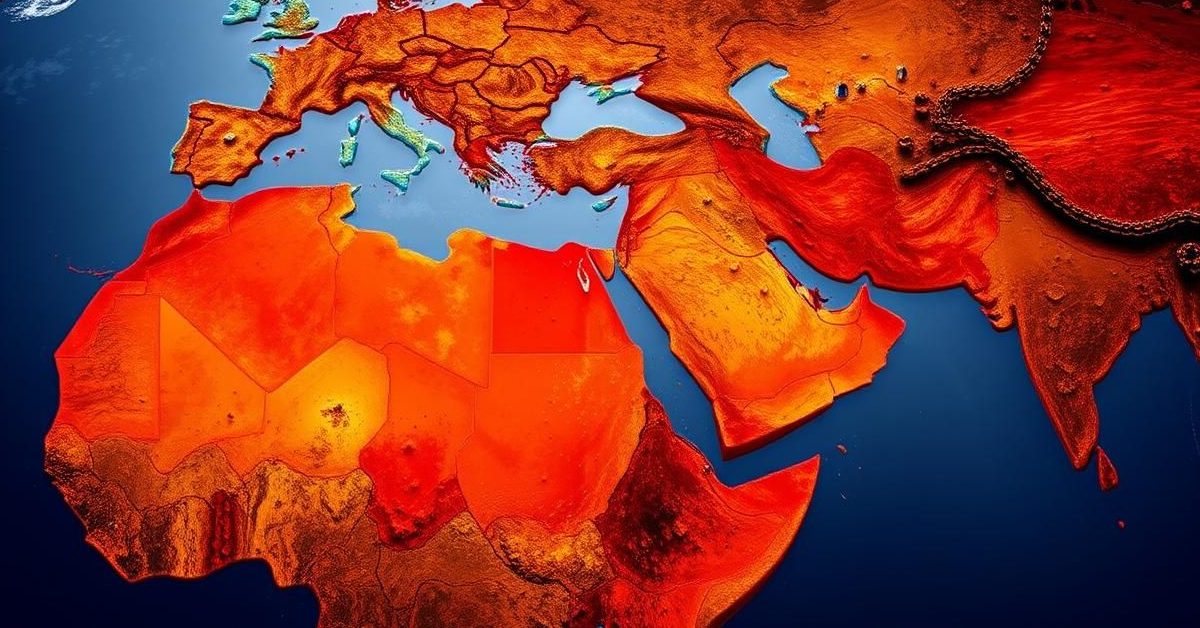This article dives into various international relations topics, from India’s bilateral ties and global defense initiatives to key geographical features and international organizations.
Deepening India’s Global Connections
India’s diplomatic efforts are expanding across the globe. Ghana, a fast-growing economy in West Africa, has a strong and growing trade and investment relationship with India. Notably, India is the largest destination for Ghanaian exports, with gold making up over 70% of India’s imports from the country.
The relationship gained historical significance with an Indian Prime Minister visiting Ghana for the first time in three decades.
Boosting Economic Security: The Quad Critical Minerals Initiative
To enhance economic security and resilience, the Quad countries have launched the ‘Quad Critical Minerals Initiative’. This collaboration aims to secure and diversify the supply chains of vital minerals.
The Quad group comprises Australia, India, Japan, and the United States, working together to foster economic opportunity and prosperity across the region.
Strengthening Naval Capabilities: INS Tamal
The Indian Navy recently commissioned INS Tamal, a guided missile frigate manufactured by Russia. This powerful warship is equipped with dual-role BrahMos supersonic cruise missiles, enhancing India’s naval capabilities significantly.
INS Tamal represents a major step towards India’s goal of self-reliance in defense, as it is the final foreign-sourced warship to be inducted into the fleet.
Strategic Waterways: Red Sea and River Seine
The Red Sea remains a geopolitically crucial waterway. Countries bordering the Red Sea include Egypt, Sudan, Eritrea, Djibouti on the western side, and Saudi Arabia and Yemen on the eastern side. Israel and Jordan also share coasts along the Gulf of Aqaba, an extension of the Red Sea.
Further afield, the River Seine, flowing through Paris, France, made headlines as it reopened for public swimming for the first time in over a century. A 1.4 billion euro clean-up initiative made the river suitable for swimming, including for upcoming Olympic events.
Collaborating for a Green Future: The Biofuture Platform
The Biofuture Platform is a global effort established in 2016, led by Brazil, to accelerate the transition towards a sustainable, low-carbon bioeconomy. Its members include a diverse group of 23 countries across various continents.
Key member countries include India, China, the United States, and Brazil, with Japan participating as an observer.
Joint Military Exercises: Exercise Dustlik
Exercise Dustlik is an annual joint military exercise between India and Uzbekistan, focusing on counter-terrorism operations. The sixth edition of this exercise recently took place in Pune, India, involving both Army and Air Force elements.
The exercise, meaning “friendship” in Uzbek, aims to enhance military cooperation and combined capabilities for joint operations in varied terrains and environments.
The Unique Role of the International Labour Organization
The International Labour Organization (ILO) stands out as the only tripartite UN agency. Since its inception in 1919, the ILO brings together governments, employers, and workers from its 187 member states.
Its core mission is to set labor standards, develop policies, and create programs that promote decent work opportunities for everyone.
- India is Ghana’s largest export destination, with gold as a primary import.
- The Quad Critical Minerals Initiative aims to secure mineral supply chains among Australia, India, Japan, and the US.
- INS Tamal is a Russian-built, BrahMos-equipped frigate, marking India’s move towards defense self-reliance.
- The Red Sea borders countries like Egypt, Sudan, Yemen, and Saudi Arabia.
- The Biofuture Platform unites 23 countries, including India, China, and the US, to advance bioeconomy.
These developments underscore the dynamic nature of international relations, highlighting India’s growing engagement and the collaborative efforts shaping our global landscape.















